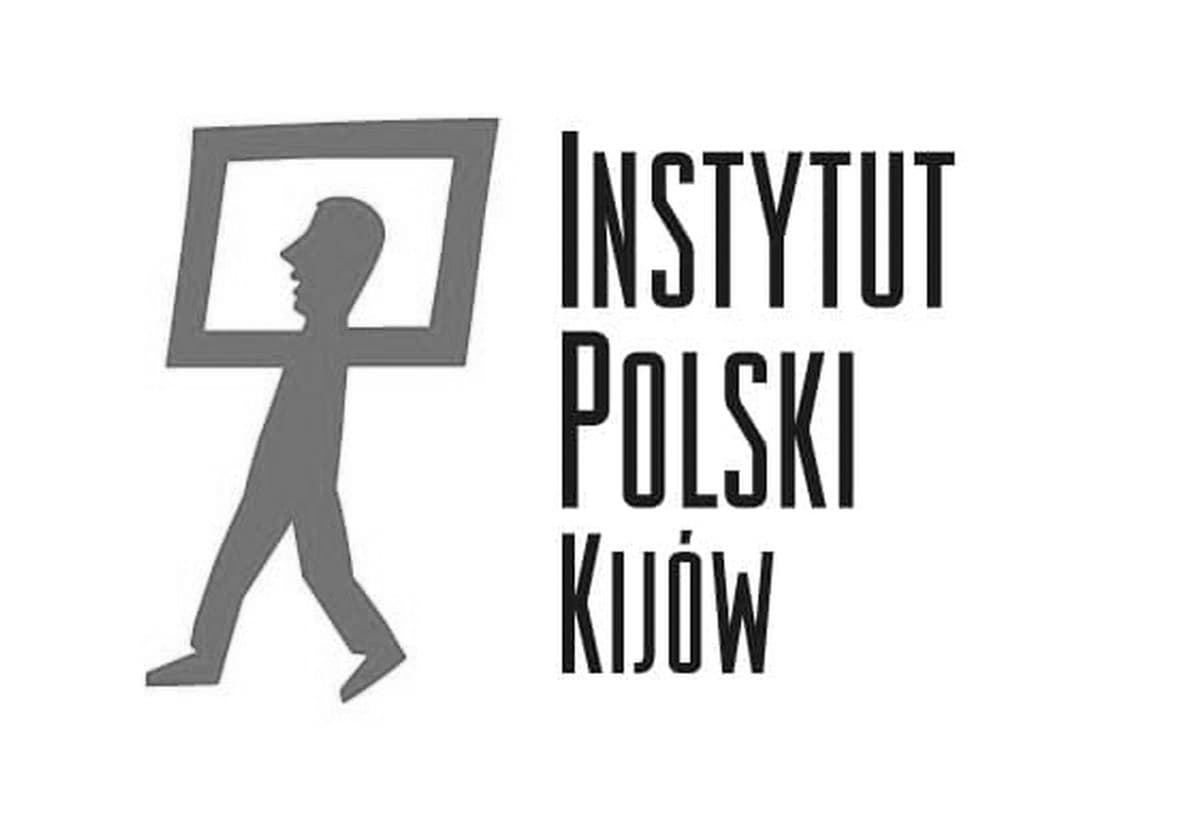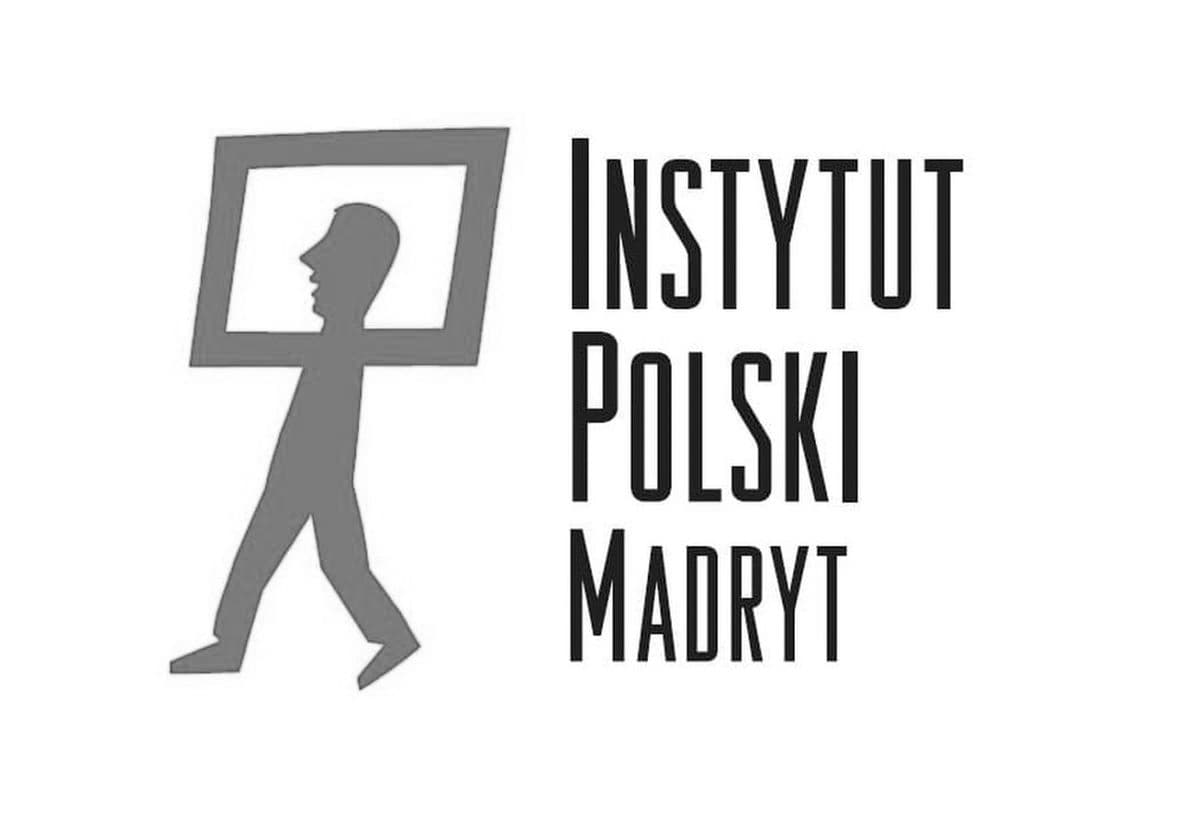Pilgrimage of John Paul II to Brazil, 1991. Faith and Progress
“This is a problem that worries the Church more than ever,” John Paul II said of social inequality on board a flight to Brazil, “I will continue to support the Brazilian bishops on this issue.” The central theme of the upcoming pilgrimage was to be the ways of solving social problems in the light of the Christian faith.
Favela, São Paulo.
Drag timeline
12 October 1991
NATAL: Welcome at the airport by ecclesiastical and civil authorities (governor of the state, foreign minister) • Meeting with the congregation in the Congress Square • Transfer to the Archdiocesan Formation Centre
13 October 1991
NATAL: Holy Mass at the conclusion of the 12th National Eucharistic Congress • Angelus prayer • Meeting with bishops • Meeting with diocesan and conventual priests at the SÃO LUÍS Cathedral: Visit to St Anthony Church • Meeting with seminarians in the Formation Centre
14 October 1991
SÃO LUÍS: Holy Mass at Aterro do Bacanga BRASÍLIA: Meeting with the President • Greeting of the congregation from the balcony of the presidential residence • Meeting with the diplomatic corps
15 October 1991
BRASÍLIA: At the headquarters of the National Conference of Bishops of Brazil, a meeting with a group of deaf-mute people and collaborators of the Conference • Holy Mass at the Esplanada dos Ministérios for the congregation of the local archdiocese; sacrifice of the cornerstone of the GOIÂNIA Field Cathedral: Liturgy of the Word at the Serra Dourada BRASÍLIA stadium: Meeting with seminarians at the archdiocesan seminary • Meeting with representatives of the Brazilian Jewish community
16 October 1991
CUIABÁ: Holy Mass for the congregation of the local archdiocese • Meeting with representatives of Indian tribes • Meeting with youth at the University Sports Palace
17 October 1991
CAMPO GRANDE: Visit to the Leprosarium of São Julião • Holy Mass • Meeting at the Cathedral with representatives of the laity of entire Brazil
18 October 1991
FLORIANÓPOLIS: Holy Mass on the seafront (aterro da Baía Sul), the beatification of Sr Paulina of the Sacred Heart of Dying Jesus • Ecumenical meeting at the Aula Magna • Meeting with representatives of nuns from entire Brazil
19 October 1991
VITÓRIA: Holy Mass on the coastal plain (aterro da Conduza). Act of entrustment of Brazil to the Virgin Mary • Visit to the local shanty town of Lixão de São Pedro MACEIÓ: Liturgy of the Word at the Virgen dos Pobres Pastoral Centre for the poor people, in the shanty town
20 October 1991
SALVADOR: Meeting with representatives of other Christian Churches • Visit to seriously ill 77-year-old Sr Irma Dulce in a hospital near the Basilica of Nosso Senhor do Bonfim • Meeting with about 30,000 children and their parents at the Plaza de Baixa do Bonfim • Meeting with representatives of the world of culture in the St Francis Xavier Church • Angelus prayer in the Immaculate Conception Church • Holy Mass by the sea (aterro da Boca do Rio da Armacao)
21 October 1991
SALVADOR: Holy Mass in the chapel of the Archbishop’s residence • Farewell at the airport and departure for Rome
Objectives
John Paul II arrived in Brazil on 12 October 1991 at the conclusion of the 12th National Eucharistic Congress. It was his second visit to this country (the first was in 1980). As he repeatedly said during his address to the country’s President, Fernando Collar de Mello, he had come to fulfil “only a spiritual mission.” Indeed, a reminder of Catholic doctrine, Eucharistic devotion, proper living of the faith, and encouragement to evangelise formed a large part of his homilies and speeches.
However, John Paul II understood his pilgrimage’s “only religious” objectives differently from the Brazilian authorities. The Brazilian government was well aware of this, which is why they did not initially want to allow the Pope into Lixão de São Pedro, a shanty town, the so-called favela, in Vitória. Eventually, they agreed, and in this and other places, John Paul II made his position clear on the issues that were the most explosive points of local politics at the time, i.e., agrarian reform, housing policy, or sexual morality.

However, John Paul II understood his pilgrimage’s “only religious” objectives differently from the Brazilian authorities. The Brazilian government was well aware of this, which is why they did not initially want to allow the Pope into Lixão de São Pedro, a shanty town, the so-called favela, in Vitória. Eventually, they agreed, and in this and other places, John Paul II made his position clear on the issues that were the most explosive points of local politics at the time, i.e., agrarian reform, housing policy, or sexual morality.
This is what the Pope meant by “the proclamation of Christian doctrine with all its implications for the life of every individual and society as a whole”: “The Pope carries in the depths of his heart a sincere desire and a living hope that the Brazilians will always follow the path of respect for human dignity, that they will know how to generously accept the gift of life, that they will respect and safeguard the unity of the family, that they will uphold and defend human rights in their work and in their social coexistence (...) This is why I came to Brazil.”

Background
Social
Brazil in the early 1990s was in a state of profound economic and social crisis. As late as 1985, the country was still ruled by a military dictatorship that had seized power 20 years earlier, including in response to attempts to implement the agrarian reform. The farm structure in Brazil was the axis of the bloody conflict. The degree of land concentration in the hands of the wealthiest owners there was among the highest in the world, with just a few per cent of farms occupying more than half of Brazil’s arable land. Much of this land was not cultivated, adding to the resentment of many agricultural workers who did not own land.
In 1985, the government committed itself to reform, but the transfer of land progressed very slowly. A movement of landless agricultural workers was then formed, which used the illegal occupation of the land of the great landowners as their primary tool of struggle. In the early 1990s, the movement ran about one hundred such campaigns a year. It was an effective measure. The occupation accelerated the expropriation of land, but it involved enormous risks. Landowners hired armed militias, the so-called pistoleiros, to defend their property. There were bloody clashes. Between 1985 and 2006, 1,443 people died as a result of this conflict.
The situation in the cities was no better than in the countryside. Favelas — Brazilian shanty towns — were inhabited by millions of people living in squalor. According to Vatican documents, in 1991, 40 per cent of Brazilian workers earned less than $70 a month. Inflation was rampant in the country. In 1990, its rate was close to 3,000 per cent, in 1991 — almost 500 per cent.
The government fought the crisis with neo-liberal methods, including deregulation, the abandonment of some state monopolies, and the privatisation of companies. As a result, inflation was finally brought under control, but some previously protected sectors of the Brazilian economy collapsed. In 1997, Brazil entered a currency crisis that significantly impeded the country’s development and forced the government to seek international assistance.
Religious
The majority of Brazilians are Catholics. In 1991, it was estimated that they made up about 75 per cent of the population. 50 years earlier, it was about 95 per cent of the population. At that time, people were leaving the Catholic Church mainly in favour of the Protestant faith and sects. John Paul II thought that it was due to the shortage of priests, but Brazilian Catholicism also had other problems. One of them was religious syncretism. Many Catholics there are more or less influenced by African beliefs. In its most extreme form, this syncretism exists as a separate religion, Candomblé.
A more critical issue for John Paul II — addressed directly during this pilgrimage — was the influence of liberation theology. This heterogeneous current in theology developed in the 1960s called Christians to social justice activism and linked theology to the ideologies of leftist movements. In its extreme form, liberation theology led to the participation of priests in revolutionary militias. Some of the theses propounded in this current — especially those related to the Marxist idea of class struggle — were officially declared false by the Church. However, liberation theology posed a threat, in the Pope’s opinion, especially to priests, even in its less extreme forms because strong social commitment often marginalised religious formation. John Paul II sought to address these dangers while stressing the great value of commitment to the poor.
 Interior of the Candomblé Temple
Interior of the Candomblé Temple
Brazil in the early 1990s was in a state of profound economic and social crisis. As late as 1985, the country was still ruled by a military dictatorship that had seized power 20 years earlier, including in response to attempts to implement the agrarian reform. The farm structure in Brazil was the axis of the bloody conflict. The degree of land concentration in the hands of the wealthiest owners there was among the highest in the world, with just a few per cent of farms occupying more than half of Brazil’s arable land. Much of this land was not cultivated, adding to the resentment of many agricultural workers who did not own land.
In 1985, the government committed itself to reform, but the transfer of land progressed very slowly. A movement of landless agricultural workers was then formed, which used the illegal occupation of the land of the great landowners as their primary tool of struggle. In the early 1990s, the movement ran about one hundred such campaigns a year. It was an effective measure. The occupation accelerated the expropriation of land, but it involved enormous risks. Landowners hired armed militias, the so-called pistoleiros, to defend their property. There were bloody clashes. Between 1985 and 2006, 1,443 people died as a result of this conflict.
The situation in the cities was no better than in the countryside. Favelas — Brazilian shanty towns — were inhabited by millions of people living in squalor. According to Vatican documents, in 1991, 40 per cent of Brazilian workers earned less than $70 a month. Inflation was rampant in the country. In 1990, its rate was close to 3,000 per cent, in 1991 — almost 500 per cent.
The government fought the crisis with neo-liberal methods, including deregulation, the abandonment of some state monopolies, and the privatisation of companies. As a result, inflation was finally brought under control, but some previously protected sectors of the Brazilian economy collapsed. In 1997, Brazil entered a currency crisis that significantly impeded the country’s development and forced the government to seek international assistance.
Religious
The majority of Brazilians are Catholics. In 1991, it was estimated that they made up about 75 per cent of the population. 50 years earlier, it was about 95 per cent of the population. At that time, people were leaving the Catholic Church mainly in favour of the Protestant faith and sects. John Paul II thought that it was due to the shortage of priests, but Brazilian Catholicism also had other problems. One of them was religious syncretism. Many Catholics there are more or less influenced by African beliefs. In its most extreme form, this syncretism exists as a separate religion, Candomblé.
A more critical issue for John Paul II — addressed directly during this pilgrimage — was the influence of liberation theology. This heterogeneous current in theology developed in the 1960s called Christians to social justice activism and linked theology to the ideologies of leftist movements. In its extreme form, liberation theology led to the participation of priests in revolutionary militias. Some of the theses propounded in this current — especially those related to the Marxist idea of class struggle — were officially declared false by the Church. However, liberation theology posed a threat, in the Pope’s opinion, especially to priests, even in its less extreme forms because strong social commitment often marginalised religious formation. John Paul II sought to address these dangers while stressing the great value of commitment to the poor.
Another challenge the Pope spoke about during his pilgrimage was the secularisation of society. In 1991, less than a third of the congregation regularly attended masses. The influence of a consumer lifestyle and liberal ideas that distanced people from religious practice and Catholic moral principles was noticeable. The increasing number of divorces and abortions, the promotion of contraception was — as in many other places in the world — an essential background for the papal pilgrimage.
Agenda
The pilgrimage lasted 10 days, i.e., from 12 to 21 October, and covered ten cities, capitals of the Brazilian states: Natal, São Luís, Brasília, Goiânia, Cuiabá, Campo Grande, Florianópolis, Vitória, Maceió, and Salvador.
In Natal, he was welcomed by hundreds of thousands of people, chanting “João de Deus” (in Portugal: John of God) — a nickname known from a song composed in his honour on the occasion of his previous pilgrimage to Brazil in 1980. The Pope began his journey in the capital of the poorest region of Brazil, in one of the country’s most dangerous cities. He could see women in the front rows during mass, each with a headband on their foreheads. The names of sons, husbands, and fathers who died from bullets fired by people hired by the big landowners’ militias were written on the headbands. However, John Paul II came to Natal at the end of the Eucharistic Congress, so his homily that day was about the role of the Eucharist in the life of a Christian.
He took up the issue of agrarian reform two days later on 14 October in São Luís: “there is certainly still a long way to go before we can speak of a fair distribution of land in this country.” He explained that private property — itself being good — must serve a primary purpose, i.e., the livelihood of all people. “It ceases to be legitimate when it is not productive or when it serves to interfere with the work of others.” He, therefore, called for the acceleration of the reform that would transfer to the needy the wasteland belonging to the great latifundia. In so doing, he took an unequivocal stand on the issue that was an axis of division among Brazilians, including Brazilian Catholics.
At the same time, however, he unequivocally criticised the practice of unlawful seizure and occupation of other people’s land by the landless agricultural workers’ movement: “neither justice nor the common good authorises (...) the seizure of someone else’s property under any pretext.”
In subsequent speeches and homilies, the Holy Father recalled the social teaching of the Church, speaking, among other things, of the problem of migration and seasonal work, as well as of housing policy. This last issue resonated especially in the address to the favelados — the poor residents of the suburb of Vitória. There he recalled the particular care that Christians are obliged to give to the poor, in whom “Jesus wants to be loved above all.” Footage of the meeting circulated worldwide: it showed the Pope hugging a barefoot girl who had managed to get through to the Pope.

In Natal, he was welcomed by hundreds of thousands of people, chanting “João de Deus” (in Portugal: John of God) — a nickname known from a song composed in his honour on the occasion of his previous pilgrimage to Brazil in 1980. The Pope began his journey in the capital of the poorest region of Brazil, in one of the country’s most dangerous cities. He could see women in the front rows during mass, each with a headband on their foreheads. The names of sons, husbands, and fathers who died from bullets fired by people hired by the big landowners’ militias were written on the headbands. However, John Paul II came to Natal at the end of the Eucharistic Congress, so his homily that day was about the role of the Eucharist in the life of a Christian.
He took up the issue of agrarian reform two days later on 14 October in São Luís: “there is certainly still a long way to go before we can speak of a fair distribution of land in this country.” He explained that private property — itself being good — must serve a primary purpose, i.e., the livelihood of all people. “It ceases to be legitimate when it is not productive or when it serves to interfere with the work of others.” He, therefore, called for the acceleration of the reform that would transfer to the needy the wasteland belonging to the great latifundia. In so doing, he took an unequivocal stand on the issue that was an axis of division among Brazilians, including Brazilian Catholics.
At the same time, however, he unequivocally criticised the practice of unlawful seizure and occupation of other people’s land by the landless agricultural workers’ movement: “neither justice nor the common good authorises (...) the seizure of someone else’s property under any pretext.”
In subsequent speeches and homilies, the Holy Father recalled the social teaching of the Church, speaking, among other things, of the problem of migration and seasonal work, as well as of housing policy. This last issue resonated especially in the address to the favelados — the poor residents of the suburb of Vitória. There he recalled the particular care that Christians are obliged to give to the poor, in whom “Jesus wants to be loved above all.” Footage of the meeting circulated worldwide: it showed the Pope hugging a barefoot girl who had managed to get through to the Pope.
John Paul II illustrated the practical dimension of caring for the poor with the example of two Brazilian nuns — Sr Pauline of the Heart of Jesus, who passed away half a century ago, and Sr Irma Dulce, who was still alive at the time. Sr Paulina was an Italian immigrant who arrived in Brazil in the 19th century. She founded the Congregation of the Little Sisters of the Immaculate Conception, whose main task was to care for orphans, especially children of former slaves. John Paul II beatified her during his 1991 pilgrimage in Florianópolis, one of Brazil’s most prosperous and most tourist-visited cities, known as the “Silicon Valley with beaches.” Sr Irma Dulce was visited by the Holy Father in a hospital in Salvador. According to one press ranking, the Nobel Peace Prize-nominated nun, founder of a highly vibrant charitable foundation, “Brazil’s most adored woman” — passed away six months later. She was canonised in 2019 by Pope Francis.
Irmã Dulce at the age of 20
The example of the saints helping the poor was part of John Paul II’s key message in Brazil. “All manifestations of social injustice are above all ‘the fruit, the accumulation, and the collection of many personal sins’,” and therefore, “the condition of any social reform is the conversion of hearts.” The Pope consequently focused as much on the practical dimension of mercy as the spiritual teaching on the Eucharist, faith, and evangelisation during his pilgrimage. He addressed them in meetings with all congregation groups: from bishops to priests, seminarians and nuns, and laypeople. He dedicated separate meetings for the sick, families, youth, people of culture, and children. He also spoke to representatives of Judaism, Protestants, and Indians.
The meeting with the children at the Basilica of Nosso Senhor do Bonfim in Salvador was particularly touching. Three thousand children communicated with the Pope through choral responses and raising of hands. He touched on complex topics, talking about education, racism, drugs and, above all, the need to build a strong family in Brazil as a condition for the happy development of children. It was one of the most frequently discussed topics by John Paul II. He used the words “marriage” and “children” in his official speeches twice as often as during his previous pilgrimage in 1980. There were also other topics such as abortion, contraception, and sterilisation, 11 years previously not discussed. The reason might be the significant drop in the fertility rate during this time — by more than a third (from 4.4 to 2.9).
The meeting with the children at the Basilica of Nosso Senhor do Bonfim in Salvador was particularly touching. Three thousand children communicated with the Pope through choral responses and raising of hands. He touched on complex topics, talking about education, racism, drugs and, above all, the need to build a strong family in Brazil as a condition for the happy development of children. It was one of the most frequently discussed topics by John Paul II. He used the words “marriage” and “children” in his official speeches twice as often as during his previous pilgrimage in 1980. There were also other topics such as abortion, contraception, and sterilisation, 11 years previously not discussed. The reason might be the significant drop in the fertility rate during this time — by more than a third (from 4.4 to 2.9).
Outcomes
By coincidence, it has been possible to study very closely the effects of the Pope’s speeches precisely in the area of sexual morality. From September to December 1991, The Demographic and Health Surveys Program interviewed women about their fertility. This provided researchers with accurate data on Brazilians’ sexual beliefs and behaviour before, after and during the papal visit. As a result of the pilgrimage, the number of women declaring that they do not intend to use contraception increased by nearly 40 per cent. This and other changes in the consciousness of Brazilians increased the likely number of children 9 months after the pilgrimage by 27 per cent. However, the impact proved short-lived. The Pope persuaded people to move their plans to have a child to an earlier date rather than change the number of children Brazilian couples planned to have.
Pilgrimage to Brazil — Quotes by John Paul II
- “It is necessary to constantly educate Christians in the faith, particularly those who have a great and direct responsibility for building society. It is demanded by their nature, made up of soul and body because they have been called by the Father to take possession of the Kingdom of Heaven prepared for them (cf. Mt 25:34). Hence arises the concern to find the deeper meaning of this world, which is the Creator’s work. If the world is the work of God’s hands, (...), then it must be endowed with the divine meaning that all things inherently have. There is not, nor has there ever been, a contradiction between human knowledge and faith. Everything can and should lead to God from the most complex intellectual effort to the simplest manual activity.”
Homily at the Holy Mass on the Esplanada dos Ministérios in Brasília, 15 October 1991
- “Something quite different from the kind of poverty that Christ called blessed is another poverty that affects many of our brothers and hinders their full personal development. Faced with such poverty, deprivation and a lack of essential material goods, the Church calls forcefully for universal solidarity to combat it. The Church is the promoter of a civilisation of love. They cannot remain silent when they see the symptoms of a civilisation of selfishness in the great things of the poor. This is why they believe that they must proclaim (...) that it is an injustice ‘that wealth flows into the hands of the few while the masses are impoverished’ and that it is scandalous to see lavishness and luxury coexisting with suffering caused by a lack of the most necessary goods.”
Speech at a meeting with the inhabitants of the favela of Lixão de São Pedro in Vitória, 19 October 1991
- “What I like about you is that you know how to be together and help other children without paying attention to their skin colour, place in society, or religion. You help each other. May adults wish to act as you do and abandon all discrimination! Only in this way would the world find peace. Do you want peace in the world? Do you want the world to live in peace? To be profoundly important, you need a family, parents living together, an atmosphere of love and peace. Children born and growing up outside the real family must be helped. But something must also be done to respect the right of every child to have parents who live together, loving siblings, a happy and agreeable home. If you want it, raise your right hand.”
Speech at a meeting with children in Baixa do Bonfim, Salvador, 20 October 1991
Author of the document: Ignacy Masny
The Centre for the Thought of John Paul IIEvent Place
Choose location...
Natal
São Luís
Brasília
Goiânia
Cuiabá
Campo Grande
Florianópolis
Vitória
Maceió
Salvador
Keywords
Persons index:
Geographical index:
Date:
Project implemented by: 

Project co-financed by: 

Patronage: 

Partners: 






























